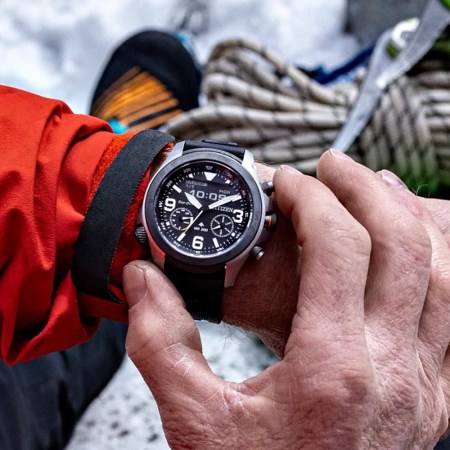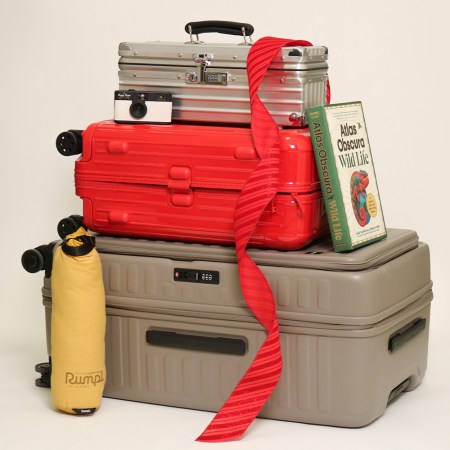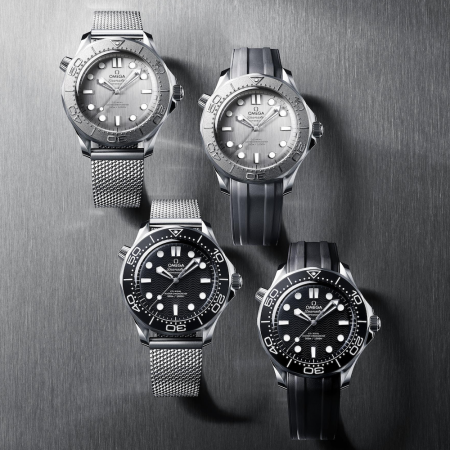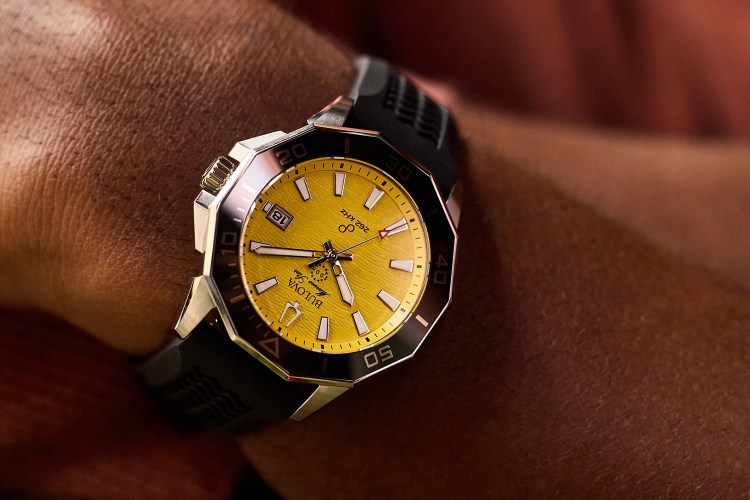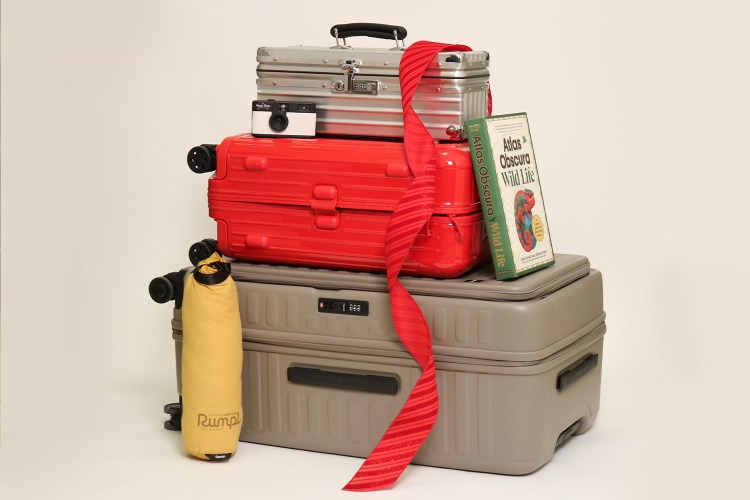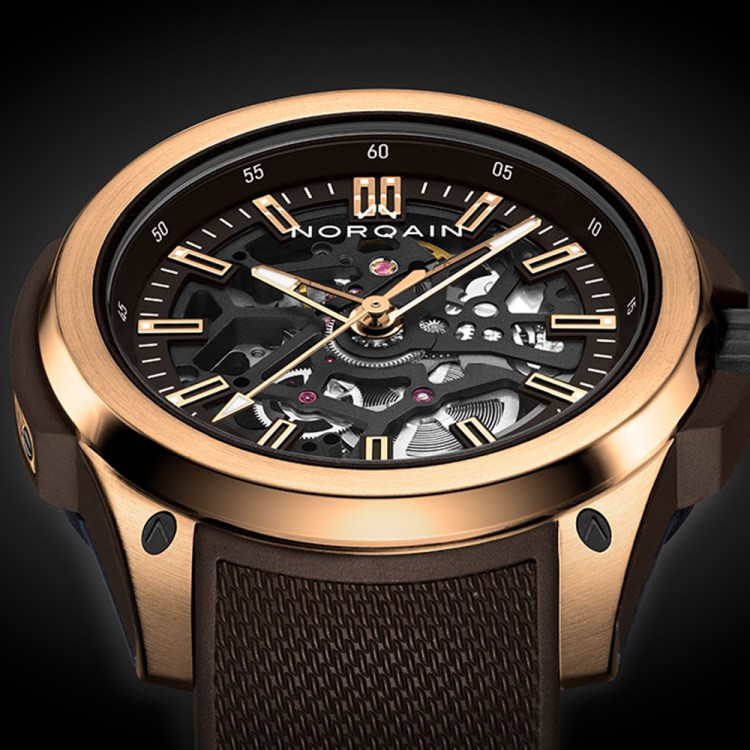Apple wrist products, smartphones and Fitbits notwithstanding, actual watches are cool again.
And the backstories are often even cooler.
We’ve teamed up with vintage and pre-owned watch dealer Crown & Caliber to bring you the origin tales on five of the most iconic timepieces. These are stories that involve war, polo and a surprising amount of space travel.
Read on. You’ve got time.
Rolex GMT-Master
Everybody knows the story of how Pan American World Airways, the pioneers behind the intercontinental flight of the same name, got together with Rolex to design the GMT-Master. They tackled the project so their pilots could maintain a regular sleep schedule and not fall asleep at the wheel. But that’s old news.
The real dirty little secret of the GMT-Master is that at least couple of them made it to the Moon. Jack Swigert wore one on the Apollo 13 mission (you know, the one during which the command module almost blew out from under Swigert, James Lovell, and Fred Haise; pretty sure they made a movie about it). Some claim it was the GMT and not the NASA-authorized Omega Speedmaster that Swigert used to time critical rocket burns as a crippled Apollo 13 limped home. That one hangs on a plaque at Rolex HQ.
And several missions later, Apollo 17 Commander Ronald Evans wore his GMT-Master clear down to the lunar surface, albeit under his space suit. There it stayed for a little over three days. When he got home, he took his buzz-pencil and hand engraved the case back with “FLOWN ON APOLLO XVII 6-19 DEC 72 ON MOON 11-17 DEC RON EVANS.” The watch sold at auction in 2009 for $131,450. Not bad for an illicit piece of history, eh?
Patek Philippe Nautilus
Patek Philippe commissioned famed watch designer Gerald Genta to design this one in 1974. Even though he’d done thousands of watch designs in his career, at this point he was fresh off designing the Audemars Piguet Royal Oak. One imagines he must have been a little tapped out in the inspiration department.
He was eating lunch during a break in the 1974 Basel Watch Fair when inspiration finally struck. He borrowed a paper and pencil from the waiter and did the first sketches of what would become the Nautilus in about five minutes.
Breitling Cosmonaute
You can guess by the name of this watch that it’s got a spacefaring background. When Korean air combat veteran Scott Carpenter was selected for the Mercury space program, he realized he’d be orbiting — and going through day/night rotations — so fast that he could lose track of whether it was day or night back at Mission Control in Houston.
So he went to his buddies at Breitling and discussed the problem. The solution was a watch with a 24-hour dial: the Cosmonaute, based on Breitling’s famous Navitimer platform. Carpenter’s was delivered to him a mere three weeks before his mission. Although his Mercury Aurora Seven mission only lasted five hours, the watch functioned well in space.
Unfortunately, upon splashdown and recovery, Carpenter dipped his watch hand in the sea and the non-water-resistant watch was toast (the Navitimer was notorious for its lack of water resistance). Here’s where the story gets interesting. NASA apparently sent it back to Breitling for repair, but it was never returned.
No one has seen that particular watch in 54 years. But the Cosmonaute is still being produced today.
Jaeger-LeCoultre Reverso
A sport watch refers to a diver or other ticker made for exploration. And the Jaeger LeCoultre is probably the original sport watch. In 1930, an executive of the forerunner to JLC was in India on business. He was approached by an army officer who played polo in his spare time. It seemed the officer kept breaking the crystals on his watches and needed a solution.
The watch executive considered the problem and discussed it with his associates back in Switzerland. The Reverso, a watch with the case that can flip over to protect the dial side and crystal, is what they came up with. It has seen size changes and dozens of versions in the 85 years since it debuted, but the base model is remarkably like the one that first saw the light of day in 1931.
Omega Speedmaster
Ah yes, the Moon watch. Originally conceived in the late 1950s as a racer’s watch (and said tales about the Rolex GMT-Master notwithstanding), the Omega Speedmaster is the official Moon watch — as designated by NASA. One still goes into space on nearly every U.S. astronaut’s wrist.
The fable goes that NASA engineers went undercover to several jewelers in Houston to buy off-the-shelf timepieces to test for use in space. This story is great, like an actress being discovered in a drugstore at Hollywood & Vine, but it’s generally acknowledged to be untrue.
No matter.
What is true is that the Speedmaster proved to be so tough in tests that, to this day, it’s still the only timepiece approved for spacewalks. And Swigert’s GMT-Master be damned, the Speedy is credited with timing the rocket burns that got Apollo 13 home and saved the crew’s necks.
Watch nerds everywhere count at least one Speedy in their collection. Watch blog FratelloWatches pioneered the concept of “Speedy Tuesday” on social media, one day each week where aficionados post photographs of their beloved watches in various poses: the nerdier, the better.
This article was featured in the InsideHook newsletter. Sign up now.





